Maps - Map Reading & Navigation
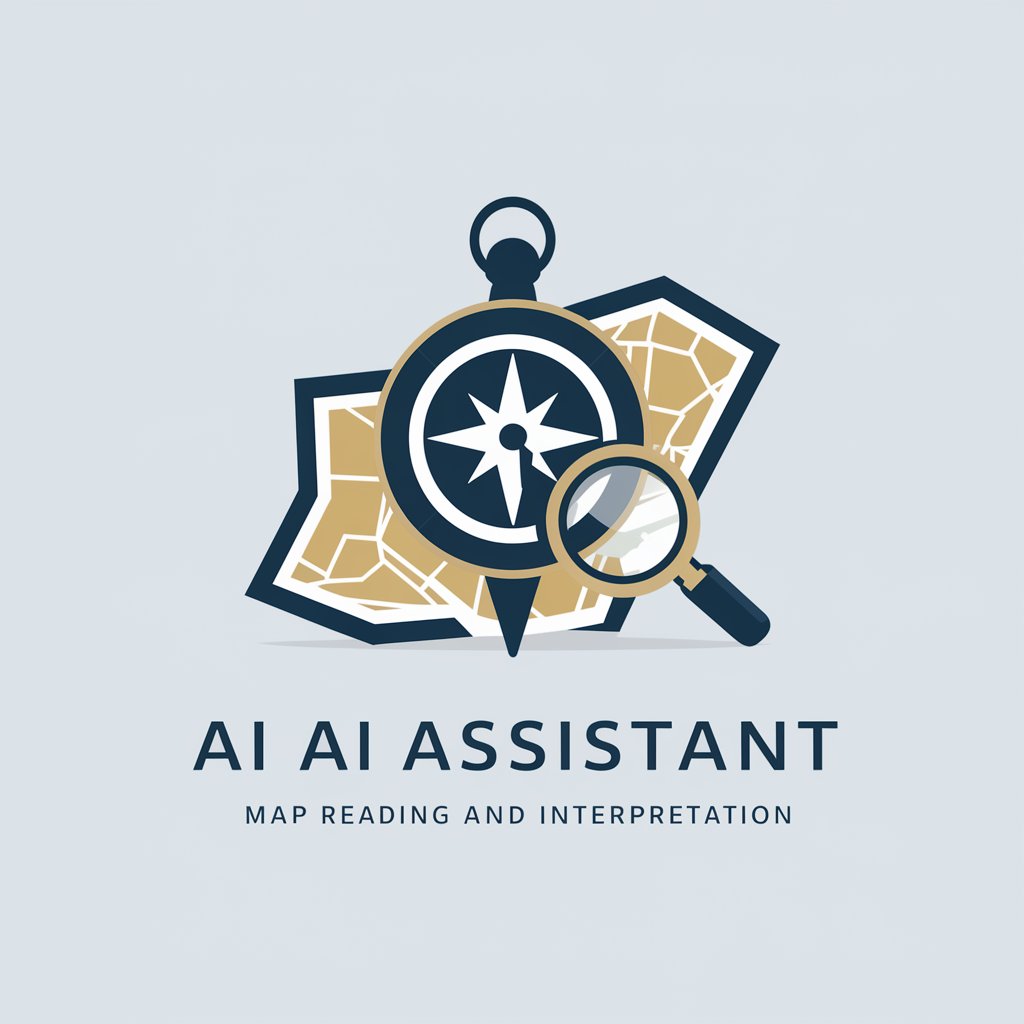
Hello! I'm here to help you master the art of reading and interpreting maps.
Empowering Exploration with AI-Driven Maps
How do I interpret contour lines on a topographical map?
What do the different colors on a political map represent?
Can you explain the concept of map scale and how to use it?
What are some tips for using a map to plan a hiking route?
Get Embed Code
Introduction to Maps GPT
Maps GPT is designed to facilitate an understanding and application of map reading and interpretation skills. It aims to assist users in navigating through various types of maps, such as topographical, political, and digital maps, by providing detailed explanations on symbols, scale, orientation, and other essentials of map reading. For instance, when a user is planning a hiking trip, Maps GPT could explain how to use a topographical map to understand the terrain, identify elevation changes, and plan the safest and most scenic route. Powered by ChatGPT-4o。

Core Functions of Maps GPT
Educational Guidance on Map Symbols and Legends
Example
Explaining the meaning behind common and complex symbols found on maps, such as contour lines on topographical maps indicating elevation.
Scenario
A user unfamiliar with topographical maps is preparing for a mountain hike and needs to understand how to gauge elevation and slope steepness.
Interpretation of Map Scales and Distances
Example
Teaching users how to use the map scale to measure real-world distances, which is crucial for planning travel routes.
Scenario
A student working on a geography project needs to calculate the actual distance between two landmarks on a map for their analysis.
Orientation and Navigation Tips
Example
Providing techniques for using map orientation features, like compass roses or grid systems, to navigate effectively in an unfamiliar area.
Scenario
An outdoor enthusiast is exploring a national park without reliable GPS service and needs to use a printed map to find their way.
Target User Groups for Maps GPT
Outdoor Adventurers
Individuals such as hikers, campers, and mountaineers who rely on topographical maps to navigate terrain and plan routes. They benefit from understanding landscape features, elevation, and natural hazards.
Students and Educators
Academic users, from primary school students to university-level researchers, who use maps for educational purposes, such as learning about geography, history, or environmental science.
Travel Enthusiasts and Planners
People who love to travel or are responsible for planning trips, whether for leisure or business, and need to understand political maps, road maps, and public transportation maps to navigate cities and countries.

How to Use Maps: A Guide
Start Exploring Without Hassle
Begin by visiting a platform that offers free map exploration without the need to log in or subscribe to premium services, ensuring immediate access to map-related functionalities.
Understand Map Types
Familiarize yourself with various types of maps (e.g., topographical, political, digital) to understand their purposes and how they can serve your specific needs.
Learn Map Symbols and Scales
Study the legend and scale of a map for accurate interpretation of distances, landmarks, and geographical features, essential for navigation and planning.
Apply Navigation Techniques
Use orientation tools such as compasses (digital or physical) alongside the map to navigate accurately in real-world or digital environments.
Practice and Application
Regularly apply your map reading skills in various scenarios to enhance your proficiency. Utilize maps for planning trips, academic research, or exploring new areas.
Try other advanced and practical GPTs
设计提问师
Empowering Design Decisions with AI

Databases Expert
Elevate Your Database Game with AI
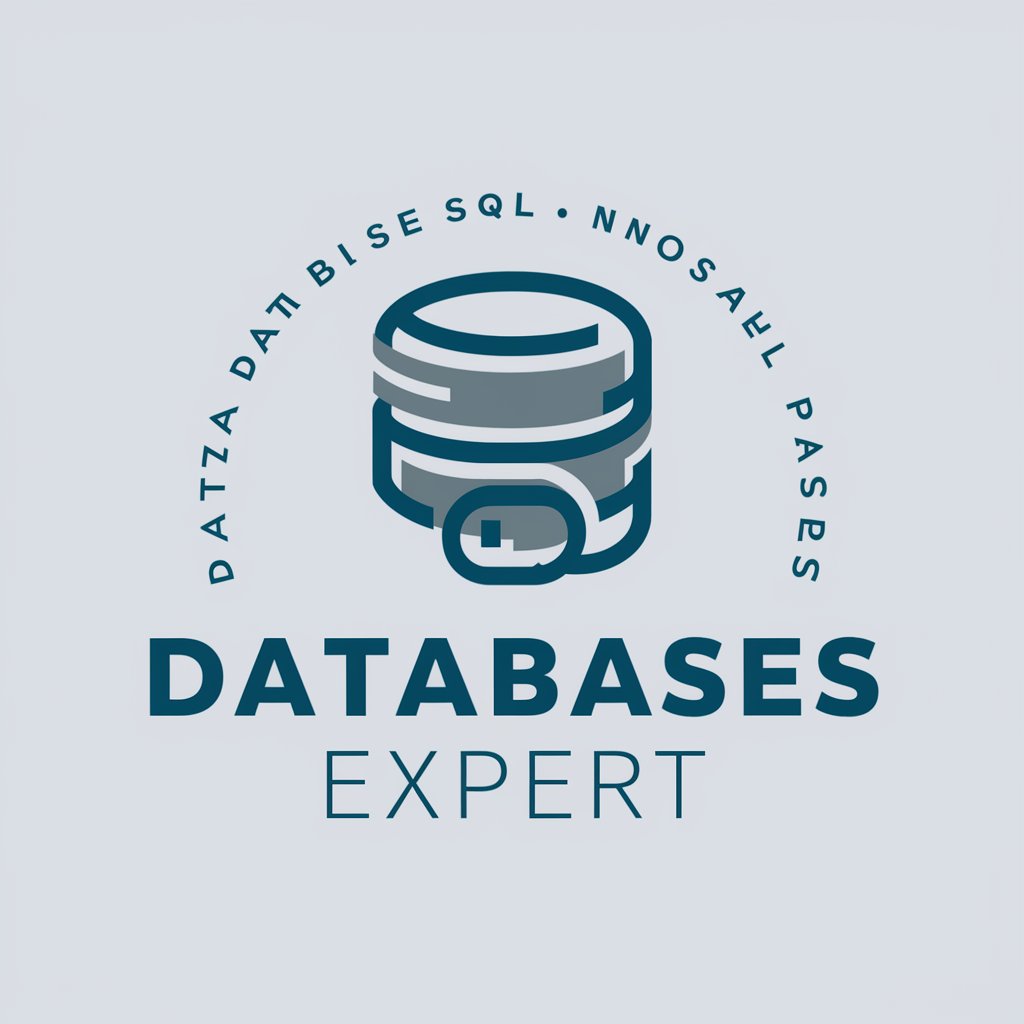
Create Anchor text from keywords
Optimize links with AI-powered anchor texts
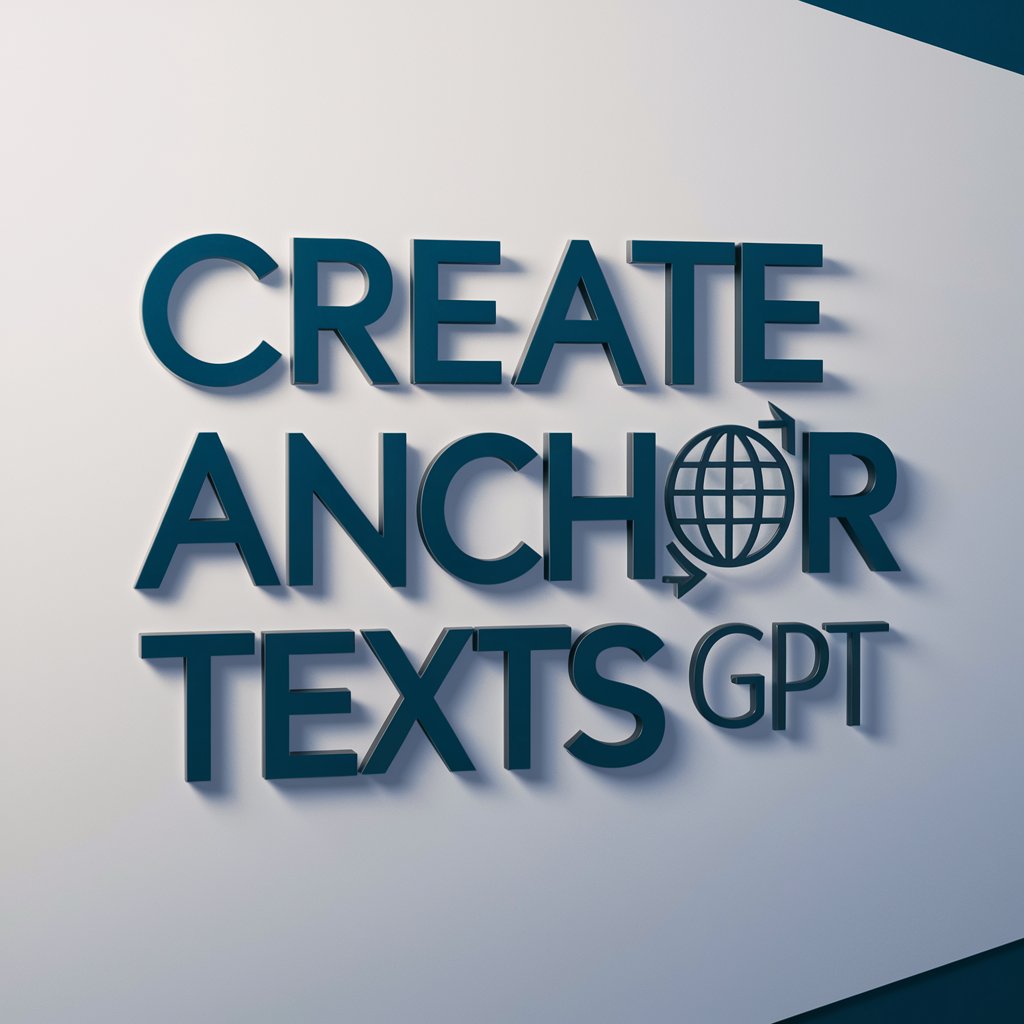
LinkedIn Optimizer
Empowering Your LinkedIn Success with AI

Brand and Buzz Architect
Craft Your Brand's Future with AI

Telenor-Sandra™
Bringing dark humor to telecom assistance.

Domain Knowledge Guru
Empowering Insights with AI
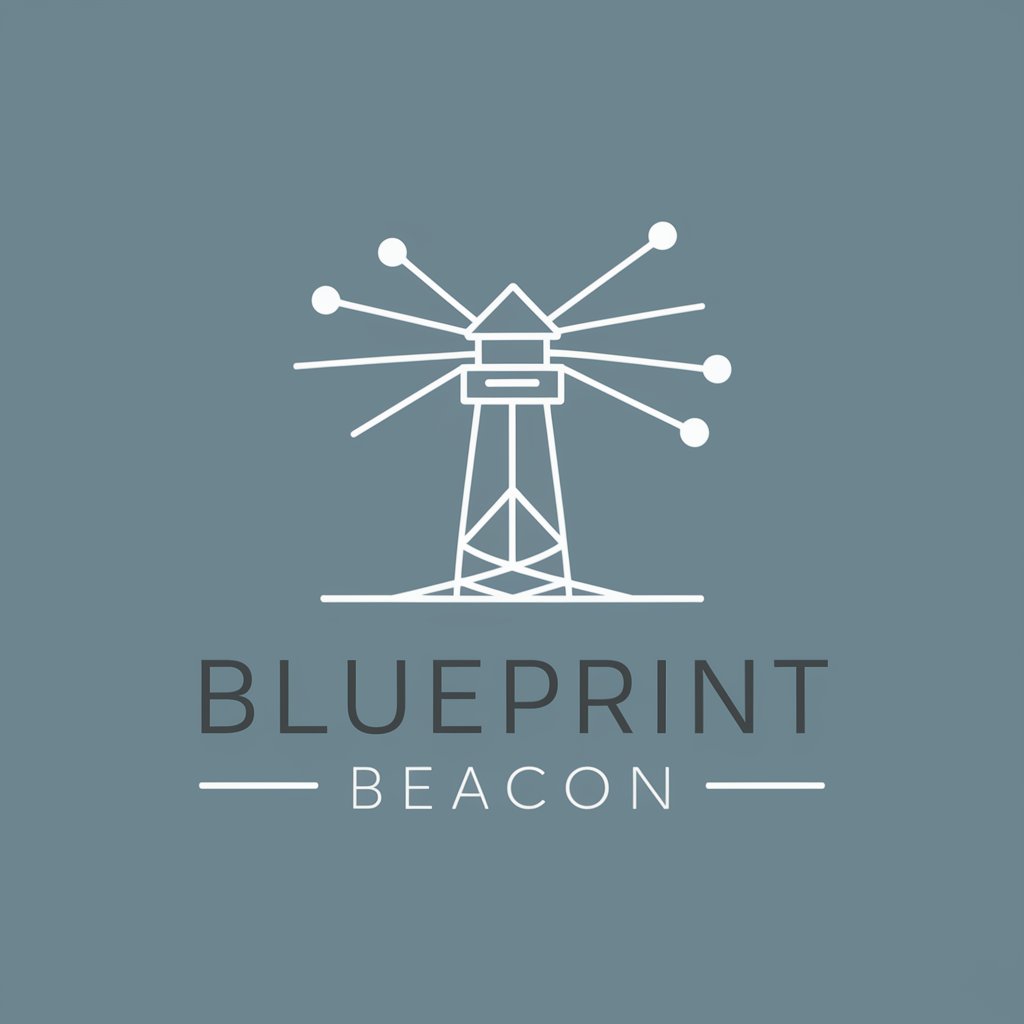
Collect, Value, Connect
Empowering collectors through AI-driven valuations and connections.

[转码/找工] Best Advises on SWE NG Job Search
AI-powered career advice for software engineering new graduates
![[转码/找工] Best Advises on SWE NG Job Search](https://r2.erweima.ai/i/FUcJXYXhRJmm6fWsz0-nzQ.png)
Positive Psychology Practitioner
Empowering Your Well-being with AI
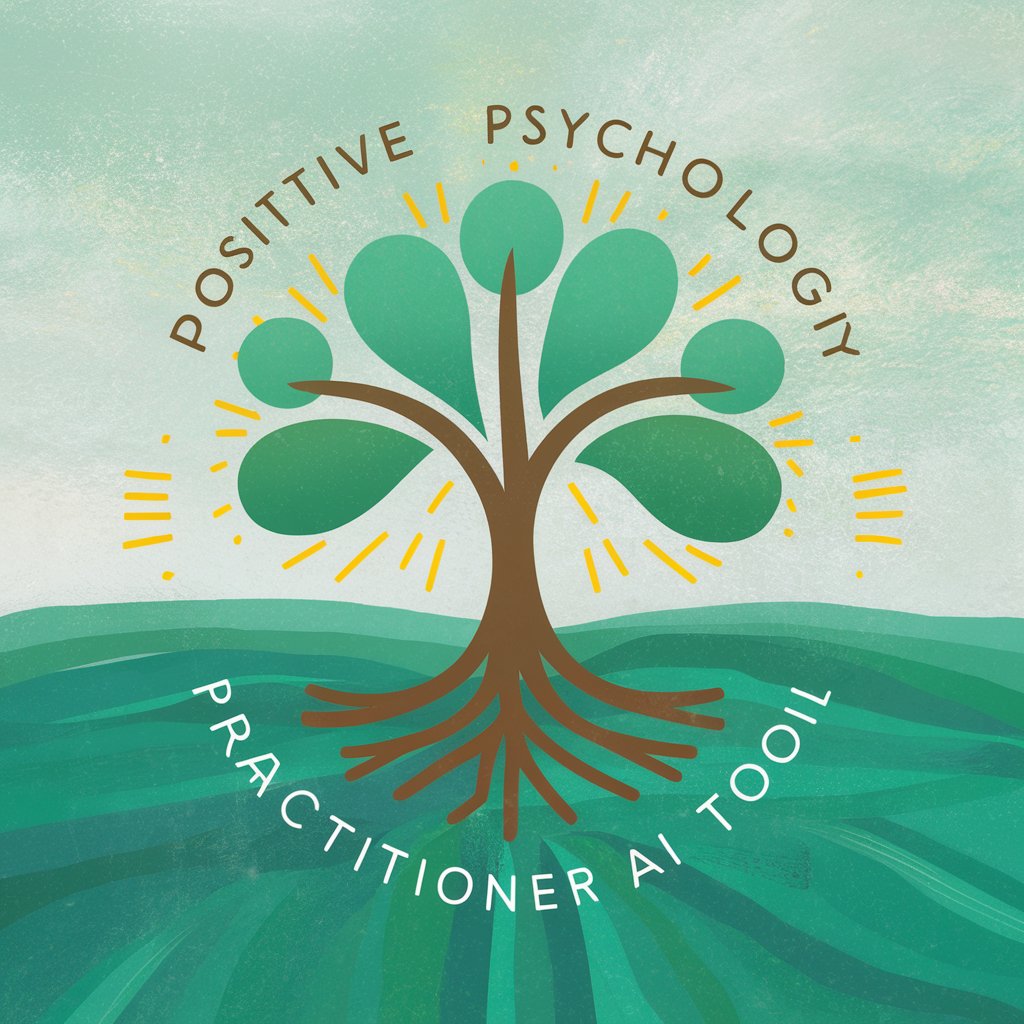
MJ Muse
Craft Vivid Visuals with AI-Powered Prompts

Why Aren't You Vegan?
Empower ethical choices with AI insights

Frequently Asked Questions About Maps
What are the basic elements of a map I should know?
Key elements include the scale (showing distances), legends (explaining symbols and colors), compass rose (indicating direction), and the grid system (for precise location referencing). Understanding these elements is crucial for effective map reading.
How can I determine the scale of a map?
The scale is typically found at the bottom or side of a map, represented as a ratio (e.g., 1:100,000) or a graphical scale bar. It indicates the relationship between map distances and real-world distances.
Can maps help me plan a hiking trip?
Absolutely. Topographical maps are ideal for hiking planning, as they detail elevation changes, terrain types, water bodies, and trails, allowing for safe and informed route planning.
How do digital maps differ from traditional paper maps?
Digital maps offer interactive features, such as zooming, real-time updates, and location tracking, which are not available with paper maps. They are also more accessible through devices like smartphones and computers.
Are there specialized maps for educational purposes?
Yes, there are maps specifically designed for educational use, highlighting historical events, geographical concepts, or environmental data, which are used as teaching aids in academic settings.
